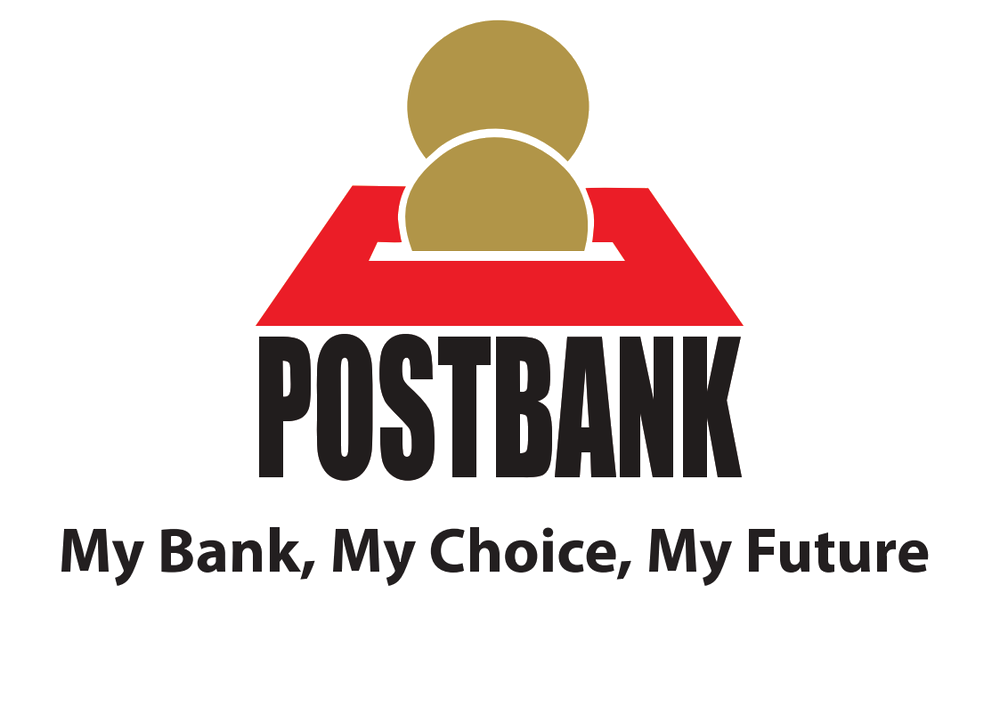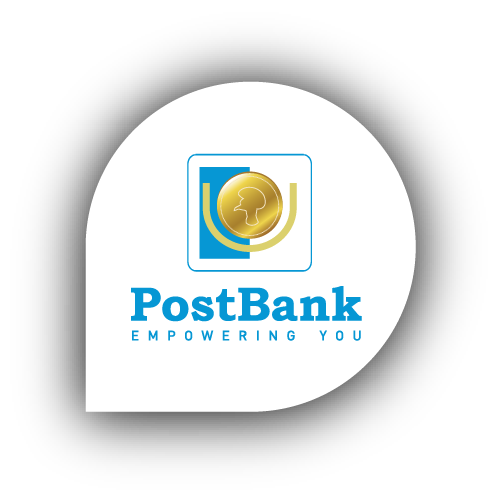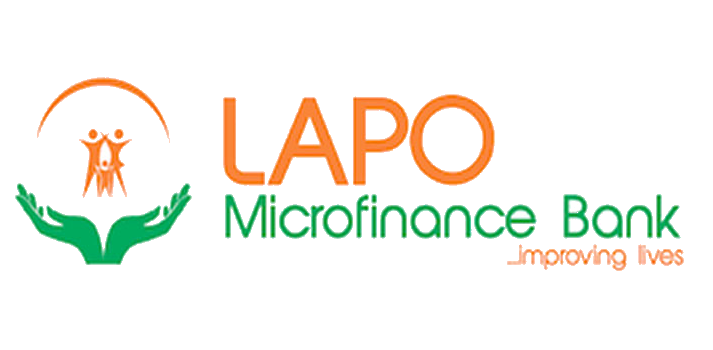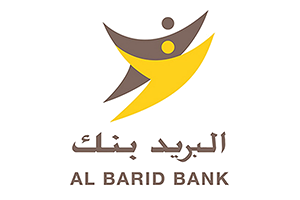Positions
Latest position papers published by WSBI and ESBG. Responses to consultations and letters submitted to the European Commission and other policymaking bodies appear in many of the published papers.
ESBG provides feedback on EBA public consultation on RTS on Prudent Valuation
19 April 2024
The European Savings and Retail Banking Group (ESBG) recently submitted its response to the latest European Banking Authority (EBA)
European Banking Authority (EBA) on ESG risk management
16 April 2024
The European Savings and Retail Banking Group (ESBG) submitted its response to the consultation launched by the European Banking Authority (EBA). ESBG insists on the need for consitency with CSRD and CSDDD, the addressees of this guideline should also
Enhancing Transparency in Bank Disclosures: ESBG delivers comprehensive response to the EBA’s Pillar 3 data hub consultation
2 April 2024
On 14 December 2023, the European Banking Authority (EBA) published a discussion paper on the Pillar 3 data hub processes and its possible practical implications.
IASB Exposure Draft (ED) on Financial Instruments with Characteristics of Equity
28 March 2024
On 29 November 2023, the International Accounting Standards Board (IASB) proposed amendments in an Exposure Draft to tackle challenges in financial reporting for instruments with both
ESBG’s response to the EFRAG Comment Letter on Financial Instruments with Characteristics of Equity
20 March 2024
On 29 November 2023, the International Accounting Standards Board (IASB) proposed amendments in an Exposure Draft to tackle
ESBG advocates for increased clarity and streamlining of supervisory reporting requirements
14 March 2024
On 14 March, ESBG submitted its response to the European Banking Authority (EBA) consultation on ITS amending Commission Implementation Regulation (EU) 2021/451 regarding supervisory reporting
WSBI-ESBG advocates for robust implementation of the BCBS Pillar 3 framework for climate-related financial risks
14 March 2024
On 14 March, WSBI-ESBG submitted its response to the Basel Committee on Banking Supervision (BCBS) consultation on its Pillar 3 disclosure framework for climate-related financial risks
ESBG stresses the need for consistency and clarity in its Response to the SFDR Review Consultation
6 March 2024
ESBG submitted its response to the European Commission’s consultation on the SFDR review, aiming to enhance transparency in sustainability-related disclosures within the financial services sector
ESBG response to the EBA’s consultation on Guidelines on preventing the abuse of funds and certain crypto-assets transfers for ML/TF
28 February 2024
The guidelines on the “travel rule” delineate the actions that Payment Service Providers (PSPs), Intermediary PSPs







































